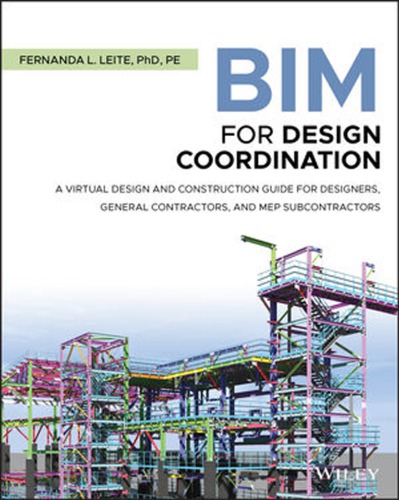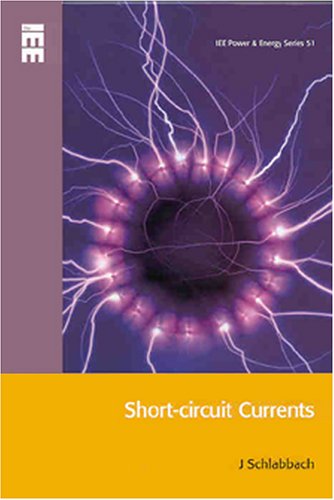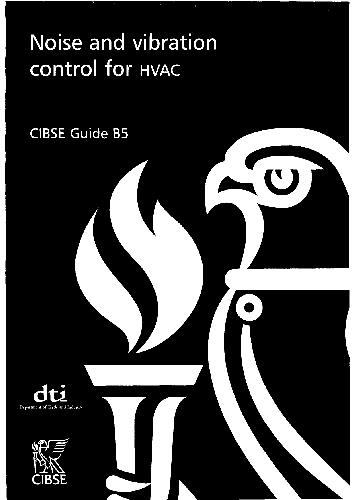| Book Name: | Electrical Power Systems Book |
| Category: | Power Systems |
| Language: | English |
| Format: | |
| Free Download: | Available |
Electrical Power Systems Book by D. Das
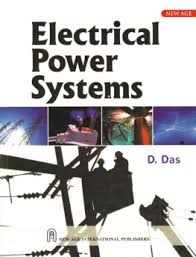
Book Description:
Electric Power Systems explains and illustrates how the electric grid works in a clear, straightforward style that makes highly technical material accessible. It begins with a thorough discussion of the underlying physical concepts of electricity, circuits, and complex power that serves as a foundation for more advanced material.
Table of contents :
Cover……Page 1
Preface……Page 8
Contents ……Page 10
1.1 Power Systems……Page 14
1.3 Load Characteristics……Page 16
1.5 Basic Definitions of Commonly Used Terms……Page 17
1.6 Relationship Between Load Factor (LF) and Loss Factor (LLF)……Page 24
1.8 Multiphase Systems……Page 26
1.9 Disadvantages of Low Power Factor……Page 27
1.10 Various Causes of Low Power Factor……Page 28
2.2 Line Resistance……Page 31
2.3 Inductance-Basic Concepts……Page 32
2.4 Inductance of a Single Conductor……Page 33
2.6 Inductance of a Single Phase Two Wire Line……Page 35
2.7 Self and Mutual Inductances……Page 37
2.8 Type of Conductors……Page 38
2.9 Inductance of Composite Conductors……Page 39
2.10 Inductance of Three Phase Transmission Lines with Symmertrical Spacing……Page 40
2.11 Transpose Transmission Line……Page 42
2.12 Inductance of Three Phase Double Circuit Lines……Page 43
2.13 Bundled Conductors……Page 45
3.2 Electric Field and Potential Difference……Page 66
3.2 Potential Difference in an Array of Solid Cylindrical Conductors ……Page 67
3.3 Capacitance of a Single Phase Line……Page 68
3.4 Capacitance of Three Phase Transmission Lines……Page 69
3.5 Bundled Conductors……Page 71
3.6 Capacitance of Three Phase Double Circuit Lines……Page 72
3.8 Capacitance of a Single Phase Line Considering The Effect of Earth ……Page 74
4.2 Synchronous Generator……Page 92
4.3 Model of Generator……Page 93
4.4 Power Angle Characteristics……Page 97
4.5 Salient Pole Synchronous Generators ……Page 99
4.6 Transients of Synchronous Machine……Page 102
4.7 Simplified Reprsentation of Synchronouse Machine for Transient Analysis……Page 103
4.8 DC Components of Stator Currents……Page 105
4.9 Effect of Load Current……Page 106
5.2 Single Phase Representation of a Balanced Three Phase System……Page 109
5.3 the Per-Unit (pu) System……Page 112
5.4 Per-Unit Representation of Transformer……Page 114
5.5 Methods of Voltage Control……Page 128
6.2 Short Transmission line……Page 137
6.3 Voltage Regulation……Page 138
6.4 Medium Transmission Line……Page 139
6.5 Long Transmission Line……Page 140
6.6 Voltage Waves……Page 154
6.7 Surge Impedance……Page 155
6.8 Power Flow Through Transmission Line……Page 156
6.9 Ferranti Effect……Page 158
7.2 Bus Classification……Page 160
7.3 Bus Admittance Matrix……Page 161
7.4 Bus Loading Equations……Page 164
7.5 Gaus-Seidel Iterative Method……Page 166
7.6 Calculation of Net Injected Power……Page 167
7.7 Consideration of P-|V| Buses……Page 168
7.9 Computation of Line Flows and Line Losses……Page 169
7.10 Algorithm for Gauss-Seidel Method……Page 171
7.11 Newton-Rephson Method……Page 182
7.12 Load Flow Using Newton-Raphson Method……Page 184
7.13 Decoupled Load Flow Solution……Page 185
7.14 Decoupled Load Flow Algorithm……Page 186
7.15 Fast Decoupled Load Flow……Page 195
7.16 Tap Changing Transformers……Page 196
8.1 Introduction……Page 199
8.2 Rated MVA Interrupting Capacity of a Circuit Breaker ……Page 203
8.3 Current Limiting Reactors……Page 209
8.4 Short Circuit Analysis for Large Systems ……Page 224
8.5 Formulation of ZBUS Matrix……Page 229
8.6 Algorithm for Building ZBUS Matrix……Page 230
9.2 Symmetrical Components of an Unbalanced Three Phase System……Page 239
9.3 Power Invariance……Page 242
9.4 Sequence Impedances of Transmission Lines……Page 243
9.5 Sequence Impedances of Synchronous Machine……Page 244
9.6 Sequence Networks of a Loaded Synchronous Machine……Page 245
9.7 Sequence Impedances of Transformers……Page 248
10.2 Single Line to Ground Fault……Page 263
10.3 Line-to-Line Fault……Page 265
10.4 Double-Line-to-Ground (L-L-G) Fault……Page 267
10.5 Open Conductor Faults……Page 269
11.2 Inertia Constant and The Swing Equation……Page 289
11.3 Multi-Machine System……Page 292
11.4 Machines Swinging in Unison (Coherently)……Page 293
11.5 Power Flow Under Steady-State……Page 295
11.6 Equal-Area Criterion……Page 299
11.7 Critical Clearing Angle and Critical Clearing Time……Page 303
11.8 Step-by-Step Solution……Page 312
11.10 Algorithm for the Iterations……Page 314
12.2 Basic Generator Control Loops……Page 320
12.3 Fundamentals of Speed Governing System……Page 321
12.5 Governors with Speed-Droop Characteristics……Page 322
12.6 Speed Regulation (Droop)……Page 323
12.8 Control of Power Output of Generating Units……Page 324
12.9 Turbine Model……Page 325
12.10 Generator-Load Model……Page 327
12.11 Block Diagram Representation of an Isolated Power System……Page 328
12.12 State-Space Representation……Page 329
12.13 Fundamentals of Automatic Generation Control……Page 331
12.14 Steady State Analysis……Page 333
12.15 Concept of Control Area……Page 335
12.16 AGC of Two Area Interconnected Power System……Page 337
12.17 Tie-Line Frequency Bias Control……Page 341
12.18 Basis for Selection of Bias Factor……Page 342
12.19 Generation Rate Constraint (GRC)……Page 347
12.20 Discrete Integral Controller for AGC……Page 348
13.1 Introduction……Page 352
13.3 DISCO Participation Matrix (DPM)……Page 353
13.4 Block Diagram Representation……Page 354
13.5 State Space Representation of the Two-Area System in Deregulated Environment ……Page 358
14.2 The Phenomenon of Corona……Page 369
14.3 Potential Gradient for Single-Phase Line……Page 370
14.4 Potential Gradient for Three-Phase Line……Page 372
14.5 Disruptive Critical Coltage for a Single Phase Transmission Line……Page 374
14.7 Formula for Disruptive Critical Voltage Suggested by F.W. Peek……Page 375
14.8 Visual Critical Voltage……Page 376
14.9 Corona Power Loss……Page 377
14.10 Factors Affecting Corona Loss……Page 378
14.11 Effect of Corona on Line Design……Page 379
15.1 Introduction……Page 386
15.2 Effect of Temperature Change……Page 387
15.3 Calculations of Line Sag and Tension……Page 388
15.4 Unsymmetrical Spans (Supports at Different Levels)……Page 398
15.5 Ruling Span or Equivalent Span (Spans of Unequal Length)……Page 400
15.6 Effect of Ice……Page 401
15.7 Effect of Wind……Page 402
15.9 Sag Template……Page 406
15.11 Galloping or Dancing of Conductors……Page 415
16.2 Formulation of the Economic Dispatch Problem ……Page 418
16.3 General Problem Formulation……Page 421
16.4 Classical Economic Dispatch Neglecting Losses……Page 422
16.5 Generator Power Limits……Page 425
16.6 Economic Dispatch Considering Line Losses……Page 430
16.7 Physical Significance of λ Considering Losses……Page 433
16.8 Determination of λ Using Gradient Method……Page 434
16.9 General Method for Finding Penalty Factors……Page 444
16.10 Transmission Loss Formula……Page 449
Objective Questions……Page 460
Answers……Page 476
Bibliography……Page 478
Index……Page 480
Free Download Electrical Power Systems PDF Book
Author(s): D. Das
Publisher: New Age International Pvt Ltd Publishers, Year: 2007
ISBN: 8122418856,9788122418859
Related Results : best book for electrical power systems,best books electrical power systems,ebook of electrical power system,electrical engineering power systems books,electrical machines drives and power systems bookelectrical power system analysis book pdf,
Related More Books
See More POST On : Engineering Books

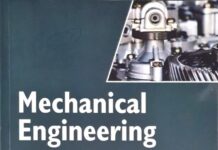
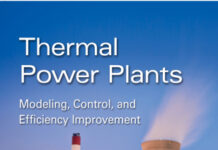
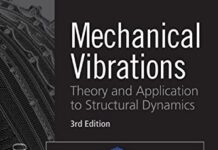


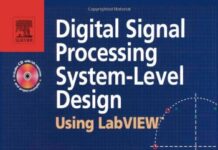

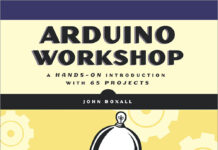
![[PDF] Draw Buildings and Cities in 15 Minutes Draw Buildings and Cities in 15 Minutes pdf](https://www.freepdfbook.com/wp-content/uploads/2021/06/Draw-Buildings-and-Cities-in-15-Minutes-218x150.jpg)


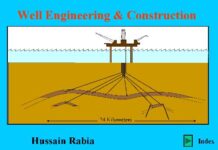

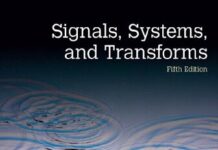


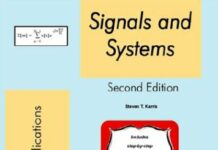
![[PDF] Digital Image Processing An Algorithmic Introduction Using Java Digital Image Processing An Algorithmic Introduction Using Java](https://www.freepdfbook.com/wp-content/uploads/2022/06/Digital-Image-Processing-An-Algorithmic-Introduction-Using-Java.jpg)




![[PDF] 43 Years JEE ADVANCED + JEE MAIN Chapterwise & Topicwise Solved Papers 43 Years JEE ADVANCED (1978-2020) + JEE MAIN Chapterwise & Topicwise Solved Papers Physics PDF](https://www.freepdfbook.com/wp-content/uploads/2022/03/43-Years-JEE-ADVANCED-1978-2020.jpg)

![[PDF] Problems in Physical Chemistry for JEE (Main & Advanced) Problems in Physical Chemistry for JEE (Main & Advanced) Free PDF Book Download](https://www.freepdfbook.com/wp-content/uploads/2022/03/Problems-in-Physical-Chemistry-for-JEE-Main-Advanced.jpg)
![[PDF] Engineering Physics (McGraw Hill)](https://www.freepdfbook.com/wp-content/uploads/2021/05/bafc8c2685bb6823a9c56134f7fba5df.jpeg)
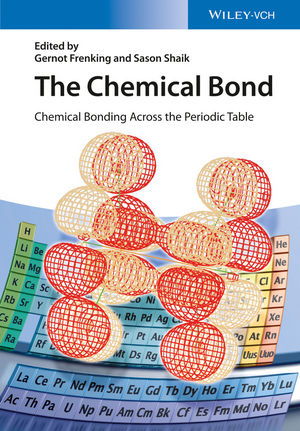
![[PDF] Engineering Chemistry By Shashi Chawla](https://www.freepdfbook.com/wp-content/uploads/2022/05/Theory-And-Practicals-of-Engineering-Chemistry-By-Shashi-Chawla-free-pdf-book.jpeg)
![[PDF] Chemistry: An Introduction to Organic, Inorganic & Physical Chemistry Chemistry: An Introduction to Organic, Inorganic & Physical Chemistry](https://www.freepdfbook.com/wp-content/uploads/2022/04/Chemistry-An-Introduction-to-Organic-Inorganic-Physical-Chemistry.jpg)
![[PDF] Essentials of Physical Chemistry Essentials of Physical Chemistry Free PDF Book by Bahl](https://www.freepdfbook.com/wp-content/uploads/2022/04/Essentials-of-Physical-Chemistry-bahl.jpg)
![[PDF] Biological control of plant-parasitic nematodes: soil ecosystem management in sustainable agriculture Biological control of plant-parasitic nematodes: soil ecosystem management in sustainable agriculture](https://www.freepdfbook.com/wp-content/uploads/2022/05/Biological-control-of-plant-parasitic-nematodes-soil-ecosystem-management-in-sustainable-agriculture.jpg)
![[PDF] Human Anatomy: Color Atlas and Textbook Human Anatomy: Color Atlas and Textbook Free PDF Book](https://www.freepdfbook.com/wp-content/uploads/2022/05/Human-Anatomy-Color-Atlas-and-Textbook.jpg)
![[PDF] Concepts of Biology Book [Free Download]](https://www.freepdfbook.com/wp-content/uploads/2022/05/Concepts-of-Biology.jpg)
![[PDF] Essentials of Biology [Free Download] Essentials of Biology Free PDF BOok Download](https://www.freepdfbook.com/wp-content/uploads/2022/05/Essentials-of-Biology-Free-PDF-Book-Downlaod.jpg)
![[PDF] Human Biology Book [Free Download]](https://www.freepdfbook.com/wp-content/uploads/2022/05/PDF-Human-Biology-Book-Free-Download.jpg)
